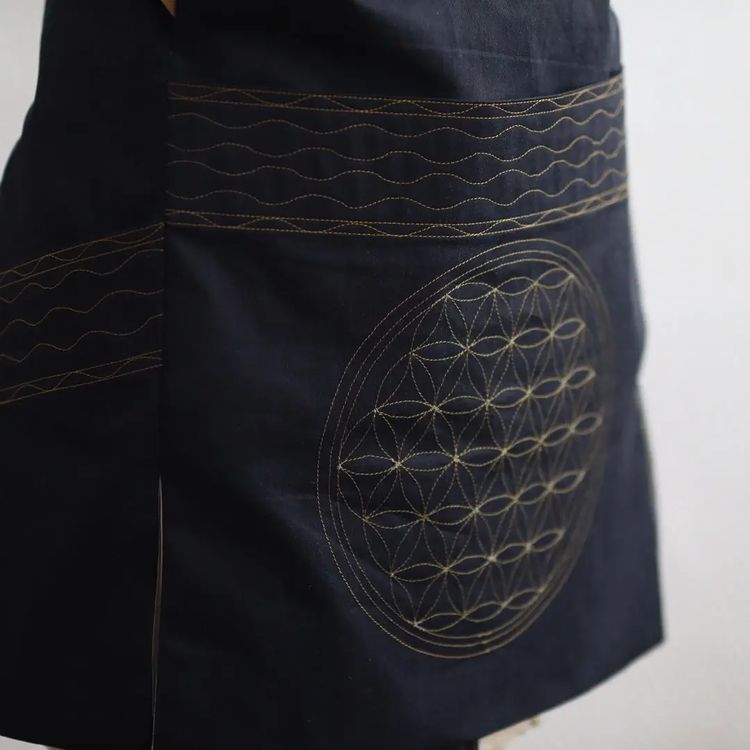This is the Monpe pants pattern which I digitised based on a sewing book published in 1934.
The origin of Monpe dates back to Japanese medieval time. As you can see these are quite bulky but the concept is very interesting and inspirational. We’ve already developed these pants and made 8 prototypes so far and hope we can finalise after making a couple more.

This layout is designed for a traditional Japanese fabric which width is around 34cm-36cm. Basically this is zero wastage pattern layout. I haven’t indicated any notches on these patterns apart from the end point for front rise. But it’s better to add some notches for making your sewing easier and more accurate.
NOTE :
1cm seam allowance is already included on these patterns.
There is no waist measurement (I made some tucks to fit my waist)
You need to make side slits. I couldn’t find any instruction for this so I just folded the side seams diagonal. The slit are quite long and wide open but old Japanese people wore very long top.

Stitching them up is quite straightforward. Hope you can work out with this very simple instruction.


This is how they look like. Quite wide and bulky. but the construction is very inspirational. You can use this as a base pattern for your developed/ manipulated versions.
I’ve added a movie on Instagram so if interested please check it out.
https://www.instagram.com/p/CaziJvFMmRD/
Good luck!





















